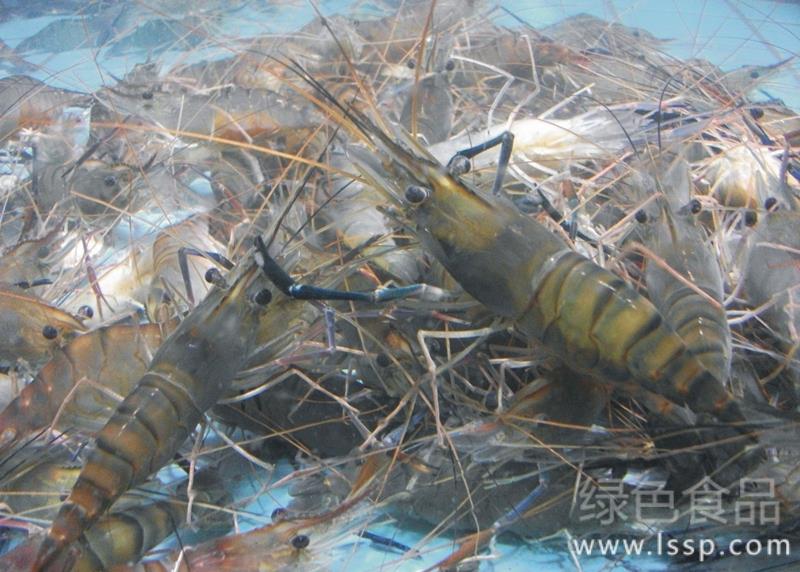High Mortality rate of Encephalomyelitis in chickens how to prevent and treat Encephalomyelitis in layers
Chicken encephalomyelitis, mainly harmful to laying hens, is an infectious disease, which is mainly characterized by ataxia, paralysis and head tremor in chicks. Layer encephalomyelitis can occur in four seasons, through horizontal, vertical transmission, sporadic, regional epidemic. Morbidity and mortality are related to the age of laying hens, the number of susceptible laying hens and the virulence of the virus. In laying hens, the morbidity was 40 60%, the mortality rate was 10 25%, or even higher, the laying rate decreased by 5 45%, the hatching rate of breeding eggs decreased by 10 35%, and the stillbirth rate increased sharply 3 days before hatching.

Laying hens
1. Clinical symptoms:
During the onset of the disease, the incubation period was 6-7 days, and the typical symptoms were mostly seen in the chicks in the laying hens, showing nervous tremor. However, when the adult laying hens were infected, the clinical symptoms were not obvious, and the spirit, feces, feed intake, water intake, egg color and so on were all normal, but the egg production decreased sharply, the egg weight decreased and the egg became smaller, and the egg production recovered after about 15 days.
II. Prevention and control measures
1. At present, there is no special treatment for encephalomyelitis of laying hens, so we can only strengthen the feeding and management of the layers, and keep the henhouse warm and ventilated.
two。 Keep strict control of the chicken breeding farm. If the breeder chicken has encephalomyelitis, before the egg production returns to normal, or within at least half a month from the day when the egg production of the breeder chicken decreases, the breeding eggs can not hatch and can be treated as commercial eggs.
3. Vaccination, in the epidemic area, breeder chickens should be vaccinated against infectious encephalomyelitis at the age of 100 to 120 days.
4. Drug prophylaxis. If the laying hens in the peak laying period get encephalomyelitis, in order to prevent the loss, the laying hens can be given some astragalus polysaccharides and broad-spectrum antibiotics to improve immunity and prevent secondary infection.
- Prev

How to prevent and cure the red body disease of green shrimp caused by red body disease
How to prevent and cure the red body disease of green shrimp caused by red body disease
- Next

Five taboos of immune injection in healthy rabbits can be brought about by reasonable immunization.
Five taboos of immune injection in healthy rabbits can be brought about by reasonable immunization.
Related
- On the eggshell is a badge full of pride. British Poultry Egg Market and Consumer observation
- British study: 72% of Britons are willing to buy native eggs raised by insects
- Guidelines for friendly egg production revised the increase of space in chicken sheds can not be forced to change feathers and lay eggs.
- Risk of delay in customs clearance Australia suspends lobster exports to China
- Pig semen-the Vector of virus Transmission (4)
- Pig semen-the Vector of virus Transmission (3)
- Five common causes of difficult control of classical swine fever in clinic and their countermeasures
- Foot-and-mouth disease is the most effective way to prevent it!
- PED is the number one killer of piglets and has to be guarded against in autumn and winter.
- What is "yellow fat pig"? Have you ever heard the pig collector talk about "yellow fat pig"?

